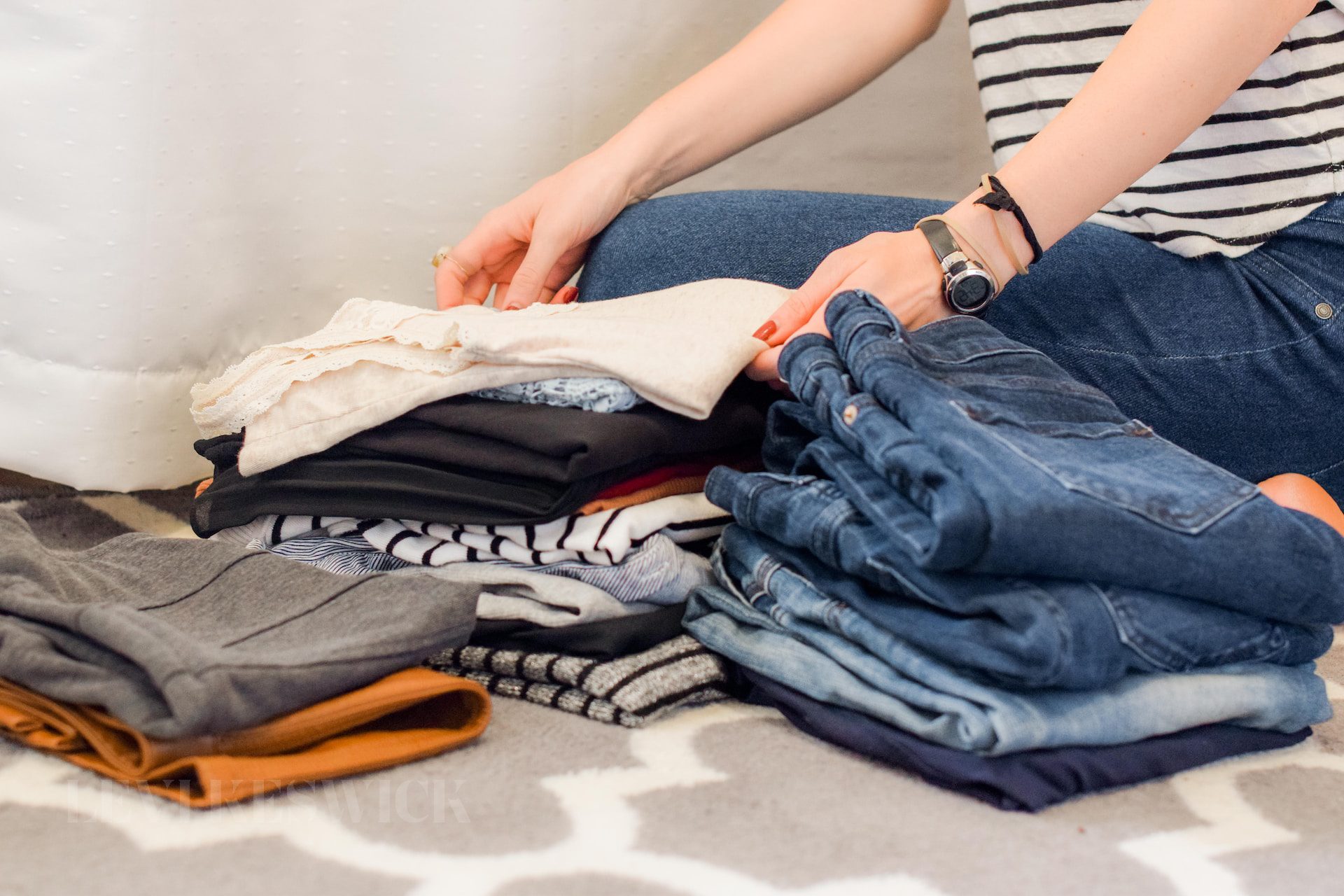Key Takeaways:
- Luxury resale websites are providing fashion enthusiasts with a cost-effective way to acquire designer items.
- Online consignment shopping has transformed from being a ‘taboo’ to a trendy and smart way to shop for luxury items.
- Consignment shopping offers both economic and sustainability benefits, contributing to the circular economy.
- However, consumers must remain vigilant against counterfeit items and understand the policies of the platforms they engage with.
Luxury for Less: The Online Revolution
Gone are the days when acquiring luxury items necessitated an exorbitant expense. With the emergence of the ‘luxury for less’ website model, a revolutionary trend has swept the fashion world, enabling enthusiasts to sport designer brands without breaking the bank.
The growth of this model lies in the intricate intertwining of tech and fashion, creating a unique online consignment landscape that not only caters to the demand for luxury items but does so in an affordable and accessible manner.
The Economic and Environmental Impact
Consignment shopping was once considered a hush-hush affair. Today, however, it is embraced as an open, stylish, and even savvy way to shop. Furthermore, these online consignment platforms enable entrepreneurial fashion enthusiasts to turn their love for style into a profitable venture.
Online consignment shops, unlike traditional thrift stores, sell gently used designer pieces that the original owners no longer want. The appeal of this model has spread widely, attracting buyers and sellers who are keen on scoring luxury items for less. With sellers usually gaining around 30-40% of the sale price, these platforms offer an appealing alternative to disposing of unwanted luxury items.
Beyond the economic advantages, online consignment shops contribute to the circular economy, promoting sustainability in the fashion industry. They provide a platform where pre-owned designer pieces find new homes, reducing waste and the carbon footprint associated with producing new items.
Rise of the Luxury Resale Platforms
The rapid growth of online luxury resale platforms reflects a shift in consumer behavior towards thriftier and more sustainable ways of shopping. Websites such as The RealReal, Threadflip, and Twice have tapped into this burgeoning market, providing authenticated, gently used luxury items at significantly lower prices than their retail counterparts.
These platforms have democratized luxury fashion, enabling a wider range of consumers to access brands that were once out of their reach. The RealReal, for example, offers members authenticated Chanel, Hermès, Gucci, and other high-end brands, with consignors receiving a generous 60-70% of the proceeds.
Navigating the Online Consignment Space: Tips for Consumers
As promising as this landscape may seem, consumers need to be vigilant while navigating these platforms. Counterfeit designer items are a pervasive problem in the online consignment market. Thus, it’s crucial for buyers to educate themselves about the specific features of authentic items, such as their zippers, stitching, lining, and labels.
Furthermore, it’s advisable to transact with platforms that offer a return policy on items that turn out to be fake. Also, buyers shouldn’t shy away from bargaining. Many consignment shops are flexible on price, and haggling has become an accepted part of shopping.
When it comes to peer-to-peer transactions, proceed with caution. Although they can offer lower prices, they also increase the risk of purchasing counterfeit items. Therefore, it’s recommended to reserve peer-to-peer transactions for moderately priced goods or deal with platforms that offer return policies.
Conclusion
The growth of the luxury for less website model is redefining the luxury fashion industry. Online consignment platforms are not only providing cost-effective alternatives to luxury fashion enthusiasts but are also driving sustainability within the industry. By understanding the landscape and being vigilant about authenticity, consumers can enjoy the thrill of luxury for less while contributing to a more sustainable fashion ecosystem.








